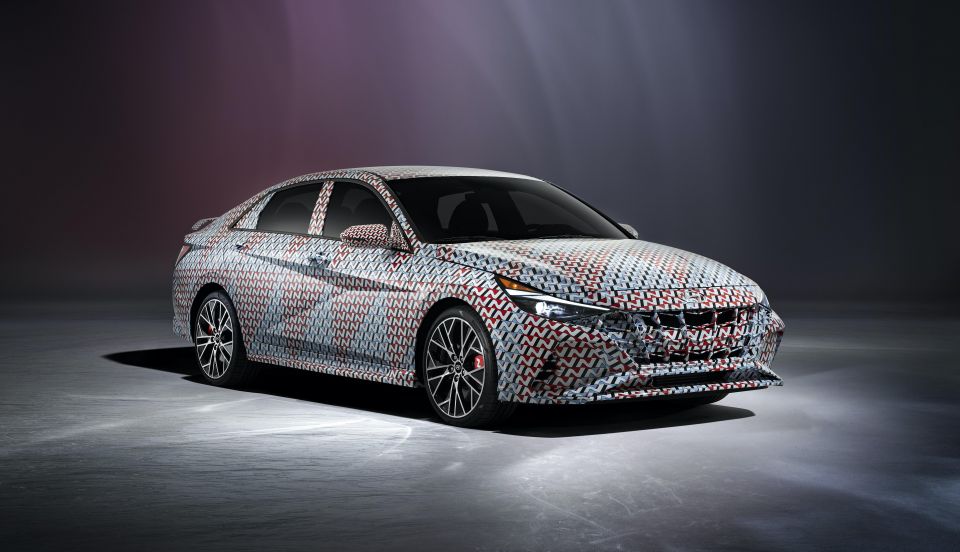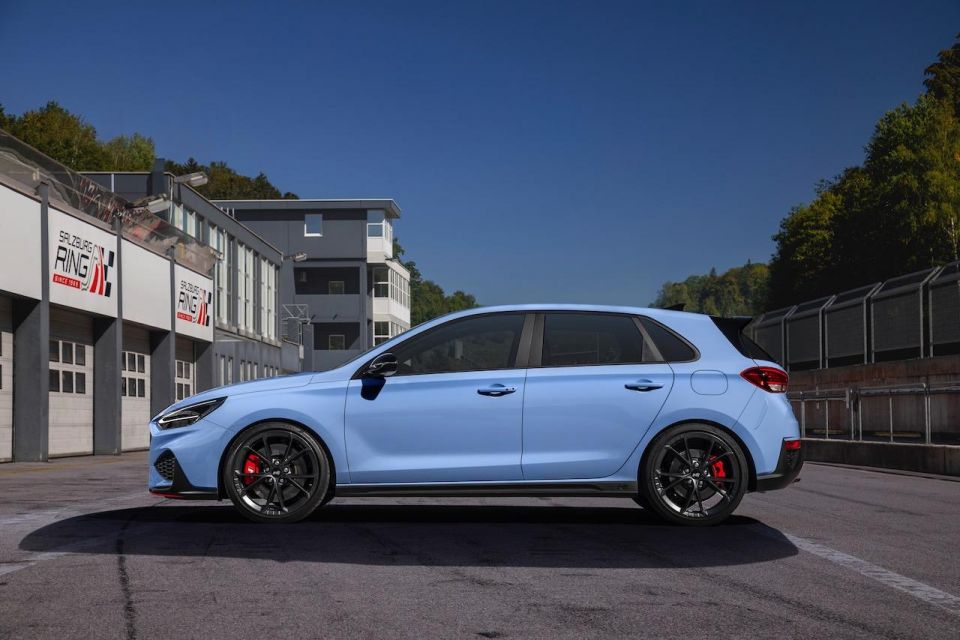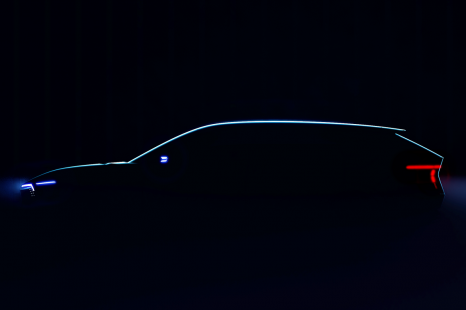

Josh Nevett
2025 Mini Countryman Electric review
24 Days Ago

Contributor
Hyundai’s quirky i30 Fastback N looks unlikely to be replaced in Australia.
It’s set to be replaced by the i30 Sedan N, which will sit alongside the facelifted i30 N hatchback in local showrooms.
The Fastback N is built in the Czech Republic while the Sedan N will be built in Korea, making the latter simpler and more affordable for Hyundai to source.
Given it’s visually very coupe-like, there also isn’t all that much to differentiate the four-door Sedan from the five-door Fastback in the showroom, making a three-pronged range unlikely.
“We’re not in a position to confirm the facelifted i30 N/Fastback N range for Australia at this time,” a Hyundai Australia spokesperson told CarExpert.

Power in the i30 Sedan N is expected to come from the same 2.0-litre turbocharged petrol four-cylinder engine as the updated i30 N hatchback.
Peak power in the range-topping i30 N Performance hatchback is up to 206kW, and peak torque is up 39Nm to 392Nm for 2021. That boosted torque peak is available between 1950 and 4600rpm, and peak power arrives at 5200rpm.
Meanwhile, the non-Performance Package hatch outputs 184kW and 353Nm, and won’t be available with the eight-speed dual-clutch transmission. Currently, only the N Performance Package is available in Australia.
The big news, along with the power boost, is the addition of a dual-clutch transmission dubbed N DCT by Hyundai. It’s a wet-clutch unit, which the company says makes it capable of handling higher torque outputs and temperatures.
It should also help make the i30 N DCT a friendlier beast at low speeds.


There are two catchily-named features on board to up the appeal of Hyundai’s new dual-clutch unit. The first is dubbed N Grin Shift, which enables 20 seconds of overboost and sharpens up gearshifts for extra, well, grin factor.
The second is N Power Shift, which automatically kicks in when the throttle is depressed beyond 90 per cent. It’s designed to minimise torque reduction on flat-out upshifts, essentially slamming them home harder and faster than in normal driving.
It’s worth bearing in mind that a number of carmakers program their dual-clutch transmissions to shift harder and faster in Sport Mode, which sounds very similar to what Hyundai is promising.
Unlike its predecessor, which lacked the same active safety systems offered elsewhere in the Hyundai range, the 2021 i30 N hatch will have autonomous emergency braking with pedestrian detection, lane following assist, blind-spot assist, and rear cross-traffic alert with AEB.
CarExpert helps new car buyers save thousands with expert reviews, honest advice, and transparent pricing – no dealer pressure and no sales games.
Scott Collie is an automotive journalist based in Melbourne, Australia. Scott studied journalism at RMIT University and, after a lifelong obsession with everything automotive, started covering the car industry shortly afterwards. He has a passion for travel, and is an avid Melbourne Demons supporter.


Josh Nevett
24 Days Ago


Josh Nevett
23 Days Ago


William Stopford
19 Days Ago


James Wong
18 Days Ago


Matt Campbell
16 Days Ago


Damion Smy
10 Days Ago